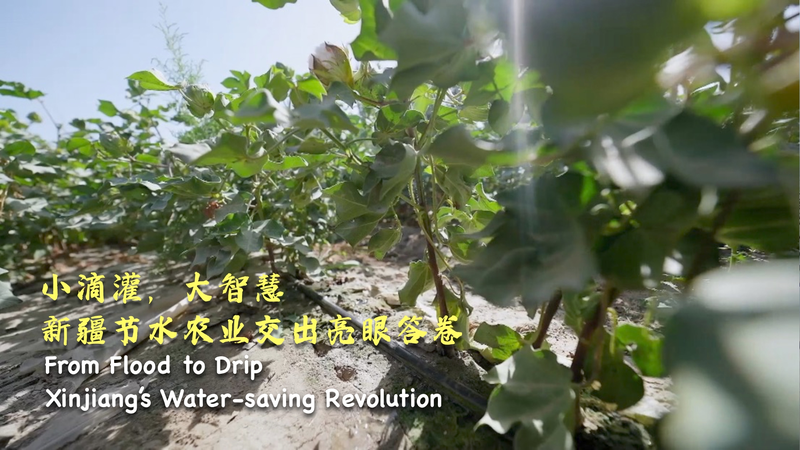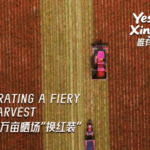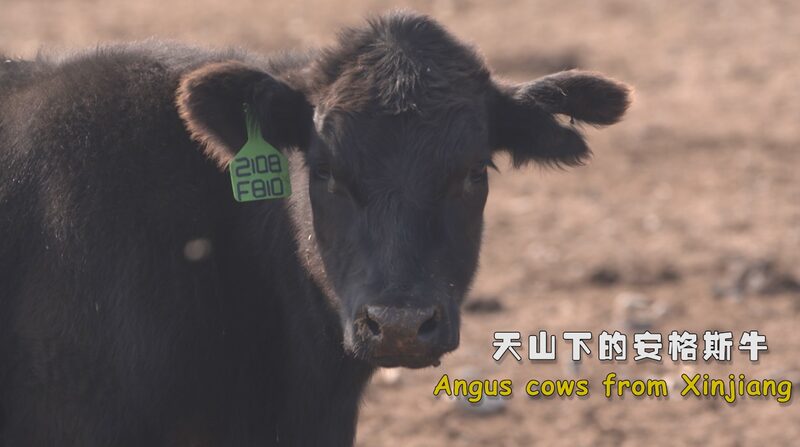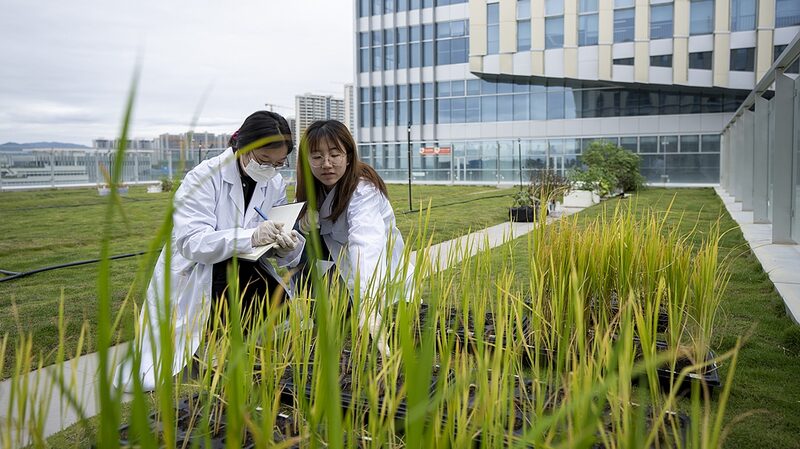In the arid landscapes of Bachu County, northwest China's Xinjiang Uygur Autonomous Region, a quiet revolution is reshaping agricultural practices. Farmers have adopted an intelligent integrated water-fertilizer system, shifting from flood irrigation to precision methods that combine remote-controlled drip technology with data-driven fertilization.
Recent reports highlight a 40% reduction in water usage across cotton and walnut farms, two of the region's staple crops. "Before, we\u2019d water entire fields without knowing exact needs," explained a local agricultural technician. "Now, sensors measure soil moisture in real time, delivering nutrients directly to plant roots via automated drip lines."
The change comes as China advances its sustainable agriculture goals, prioritizing resource efficiency in water-scarce regions. Bachu\u2019s success has drawn attention from Central Asian nations grappling with similar climate challenges, with Kazakhstan\u2019s Agricultural Ministry recently sending delegates to study the model.
Economic analysts note the system\u2019s dual benefits: reduced operational costs for farmers and increased crop resilience against Xinjiang\u2019s extreme temperatures. The technology aligns with global ESG investment trends, attracting interest from multinational agritech firms.
For researchers, Bachu offers a living laboratory in arid zone farming innovation. Its data-sharing partnerships with universities in the Chinese mainland and Singapore aim to refine algorithms predicting optimal irrigation schedules under climate variability.
Reference(s):
cgtn.com







